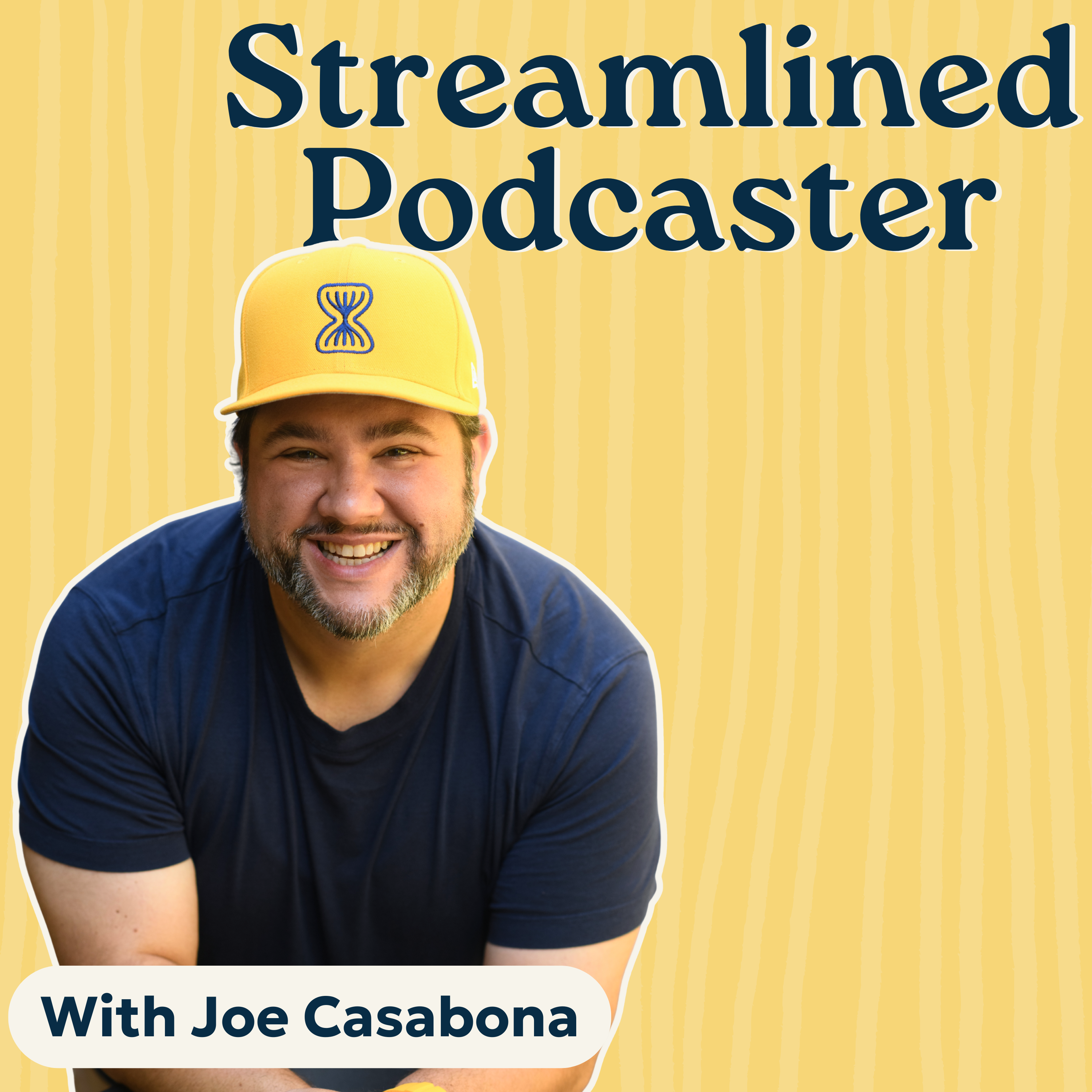
Podcasting Made Simple
Podcasting Made Simple is the premier podcast about podcasting! We’re here to help podcast guests and podcast hosts reach more listeners and grow their income so they can change more lives! Join Alex Sanfilippo and other podcasting industry experts as they share how you can level up on either side of the mic! (Show notes and resources: https://PodMatch.com/episodes)
Podcasting Made Simple
Storytelling Techniques That Captivate Listeners | David Chotka
Nearly 82,000 new podcast episodes are released and listened to every day. The question on our minds is this: "How do I ensure that my podcast episode is remembered?" In this episode, David Chotka shares that by being concise, incorporating emotion, and including a compelling call to action within the story, you can ensure that listeners remember you and are moved to respond. Get ready to unlock the transformative power of storytelling in your next podcast episode!
MORE FROM THIS EPISODE: HTTPS://PODMATCH.COM/EP/298
Chapters
00:00 The Power of Storytelling
06:09 Fine Tuning the Story
12:49 Engaging with Humor and Emotion
14:58 The Importance of a Clear Call to Action
Takeaways
Use the power of storytelling to begin a call to action
Keep the story on point and short enough to hold attention
Invite the audience into the learning experience with humor or strong emotions
Ensure the story leads to a clear call to action
MORE FROM THIS EPISODE: HTTPS://PODMATCH.COM/EP/298
You're listening to Podcasting Made Simple. Hello, podcasters and podcast guests. My name is David Chotka and I want to share five application points to make your podcast more effective and inviting. Very quickly, here are the applications that will make you more memorable and better at speaking about your topic. Number one, use the power of story to begin a call to action. Second point, fine tune the story so that it invites the target audience to participate in it. Thirdly, keep it on point, long enough to make the point, but short enough to hold attention. Fourthly, invite the hearers into the learning with laughter or strong emotion. And lastly, make the application point with the story itself. That last one is the most important one. So let me talk to you about the power of story. Long before humans invented any of the comforts we now enjoy, for thousands and thousands of years, Tribes and families would gather around a fire and what they would do to end their days to tell stories. Our bodies are hardwired to listen to them. There's now brain science that says that dopamine is released when there's a strong link between a story and a feeling of a sense of well -being, especially when the story ends with a clear resolution. Beyond this, a sense of belonging occurs when someone knows that they're participating in a story that's larger than they are. The best movies know this. In fact, I can tell you plot lines from my favorite movies many, many years after. And they've made storytelling the center of everything that they do. In fact, the very best advertising involves a quick narrative about a product or service with the end of the ad inviting you to purchase the goods. An outline of that kind of thing would be like this. Things were going well when suddenly this happened. I didn't know what to do until I heard about this. I took this action step. Now I'm back on course. You can too, buy, and then you invite people to buy your product. The whole point of telling the story in an ad is to bring people to a call to action. And if you can attach a slogan to it, it's even more effective. Even generations after a story is told, the story attached to a slogan stays in the memory. I'm going to give you one that's very old, and you'll know it as soon as I say it. Pepsi -Cola hits the... spot. We still say... the spot. And we're talking about a 1950s and 60s ad. Stories bring people to mental stimulation and they bring them to emotional involvement. And when people feel the story, they're inclined to act on it. Jack Canfield, the co -author of The Chicken Soup for the Souls stories, has sold more than 600 million copies of his books. He is the most published non -fiction writer in human history and the guy he just overtook was a guy named Dr. Seuss. Dr. Seuss was the most published non -fiction writer prior to him. What are the two of them selling? Stories. Of course, there are many kinds of stories. If you're selling a book, an origin story is extremely effective. In an origin story, you do this. You answer this question, why did I do what I do? In that kind of story, you take several steps. The first, you describe your former existence, you know, and likely your state of dissatisfaction. Secondly, you narrate a defining moment, an epiphany when suddenly you realize that something needed to be changed. Thirdly, you describe the change you needed to take and how this is a better alternative. And finally, you tell people how they can move forward toward a change for the better or ask them to consider purchasing something from you that would help them take a similar step to improve their lives. Now let me give you the outline. You can develop an origin story very simply with this grid and these four application points would do the job for you to create an outline. Number one, I was plotting along doing this and then write out what you were doing. Number two, suddenly I realized this was no longer working. Here's how that happened. And then you write that out. Number three, I discovered that when I took this step, my hope was restored and you describe that. And then finally you say, You can join me in this journey by taking the following action step and then you invite them to do that. Now there are all kinds of stories with different kinds of endings. There's the advice story. Here you explain how you saw someone in trouble. They listened when you offered to help. This is an effective way to explain something you're communicating in your book or along the theme of your podcast. And the goal here, of course, is to instruct the hearer. The second kind of story is what I call a cautionary tale or a cautionary story. This kind of story speaks of personal or collective pain. It describes how you took a wrong step that led to trouble and how that trouble can be avoided. And of course, the application point there is to avoid the landmine, whatever that happens to be. There's the entrepreneurial business story and there's lots of podcasters who are in the middle of business enterprise. In that kind of story, you answered this question. Why did I leave one business to start another? What's the story behind the decision? What were the rocks on the road to avoid? And what are the best practices you learned along the way? and then you invite them to the call to action. There's the happily ever after story, and by the way, that's the most popular story in human history. You read them every night to your kids. This was my struggle, and you describe it. Here was the turning point that required all my powers, and you describe it. This is what I did, and you describe it. Now I'm in a new and better place, and you describe it. You can do this too, bye, and then you do the call to action. Now, I'll tell you the story that I love the most. This is the higher power stories. I'm a pastor and I like these ones. I want to communicate the higher powers real and the power can be accessed. So these stories are used to inspire or to deepen faith and hope and love. In fact, if you go to any AA meeting, they tell higher power stories all the time without reference necessarily to any kind of particular faith, but they do this. So let me tell you how to do this. You have to fine tune the story. toward your call of action. So the best way to elicit a response is to know your audience and to have a plan to elicit a response from them based on your story. Now I'm going to give you a focused example that I used in my own ministry. Of course, I'm a pastor and in Canada, of course, I'm a Canadian, you probably noticed that I've said A a few times, we have this event called Remembrance Day. Well, I was asked by the local legion to speak to a crowd of vets and their friends and family on that special day. And in Canada, some of our provinces take the whole day off to remember the war dead. But the attention was lagging. There were less and less people involved in this until we joined the Americans in the fight in Afghanistan. But regardless, the goal was to elicit a response to support the military. So the goal was to stand shoulder to shoulder with them and to get them to be grateful for all that the vets had done. So I didn't know how to do that. And then I had a childhood memory that happened to me when I was a teenager. Now at this point, I was in my 40s. There was a family friend, he was in his 70s when I was in my teens. He was an old -timer who would always go to those Senate Taft Remembrance Day services, and he'd quote a psalm about God being a rock of defense. Now, my little 16 -year -old brain could not relate to that. And I said to him one day, why are you always talking about God like a rock of defense? What's that about? And the man stopped. Remember, he's 70, I'm 16. He'd been a colonel in World War II. He had a large contingent of soldiers to capture a hill from Nazi -occupied territory. Many of his men had been lost in the battles leading up to the moment, and he's telling me this story as I'm a tender lad of sixteen. Suddenly, there was a barrage of gunfire, and he and two other men took shelter behind a large boulder that was taller than he was. They thought they were safe behind the large boulder, when abruptly, A live grenade landed right at the feet and it landed between the two feet of that Colonel himself. All three men knew that they were dead, they were goners. And here's what happened. The live grenade started to roll. It traveled about two feet. It went right down into a gopher hole that had been burrowed underneath the boulder. Then the grenade exploded from under the boulder and lifted the enormous rock two, three feet in the air, throwing the three men to the ground behind it. Then the boulder reached its ceiling, hung in the air for just a passing moment and returned to its place with a thud. Three men rose up alive, sheltered from the ongoing gunfire by that same rock. They won the battle that day. When the conflict was done at day's end, they had a military service, a chaplain was there. He cracked open the Bible and he read this passage from Psalm 62. He only is my rock and my salvation. He is my defense and my fortress. I shall not be moved. With God is my salvation and my glory. He is my rock of unyielding strength and impenetrable hardness. And my refuge is in God. That's Psalm 62. Three men looked at each other. Every one of them nodded. From that point forward, all three of them would refer to God as their rock of defense. Now, I ended that with a call to action. I said, when you see a vet, buy him a coffee, buy him a meal, do something to show your support. Now, let's return to the power of story. My story was short. It was tailored to the audience. I had a clear goal in mind using the story to elicit a response of gratitude and solidarity, and in this case, awe, and support for the military. All of that was accomplished by the story. In fact, more was accomplished by the story. Those who heard it would repeat it to their friends because that particular story was gripping. I know it changed my 16 year old mind from somebody who didn't get it to somebody who finally understood. So when you're podcasting, a story carries more weight than a simple statement. I could simply have said, by the way, let's remember the war dead. Let's make a plan to support a vet. That would have worked once or twice and then people would have promptly forgot to do that. But this way, every time they saw a boulder, whether it was on the side of the road or in a field, whether it was in the middle of the road when they were driving, whatever, they would remember the story and make a plan to bless a soldier. Story's powerful. Now, let's move to the second application. Keep it on point, long enough to make the point, short enough to hold attention. Now, there are some people who can build a story and keep it going for 20 minutes, and if you're better than that, people will buy your book for a movie contract. Most of us are not that good. Most people tune out after a few minutes when somebody starts to tell a story. If you do a short story with an application point, that point is carried by the story. So my goal is aim for three minutes, max out at five. I say it again, aim for three minutes, max out at five. One full page double space type Times New Roman 12 point font. Do that. Don't tell two or three stories. Tell one that has a beginning, a middle, and an end with a call to action. As you start the story, Remember that your goal needs to be crystal clear in your mind before you start to tell it. So Stephen Covey, the guy who wrote The Seven Habits of Highly Affected People, had one of these habits. He said, begin with the end in mind. In other words, as you start the work, know what you're aiming to get. The point of the story is to engage the listener and close it with a call to action. That will always be true in every podcast that you do. So let me go to the next application point. Invite the hearers into the learning with laughter or strong emotion. The very best stories include things that are charming or endearing. I'll tell you something, one of my favorite actors is Tom Hanks. I'll tell you why I like him. Because he acts just like everybody else. But he's always in these amazing things that are just so much bigger than who he is. And he's doing things that most of us have never been able to do. Can you imagine thinking of yourself as an astronaut on Apollo 13 in a tin can with no air? Mr. Rogers playing the piano and helping hopeless people. A man stuck on an island with only a ball named Wilson for company. Or a pilot landing a plane in the Hudson River against all odds. He responds to life as an ordinary guy, but brings us into his story. Now, if you can join your narrative to a moment of humor, when you realize when you were finally doing work or didn't, those listening to you will laugh with you and they'll repeat the humor because it stamps the story into the memory in a different kind of way. And it links their hearts and minds to the point you're making. This can lead to action steps that you want to see arise out of your podcast. And of course, the goal of a podcast is to put your idea, put your product, put your service in front of people to invite them to that very thing. It is imperative to engage the imagination through descriptive language. Most people primarily process visually. We see it even when we hear it. I'm going to prove it to you. Stop for a passing moment, look me in the eye, and tell me what happens to you. Try not to think of an elephant. You did, didn't you? I said the word elephant and you likely saw something pop into your mind. A picture of an elephant, a part of an elephant, a tusk, the whole thing, whatever. The most important part, by the way, of the podcast is to use language that describes so that in the listener's heart, soul, mind, imagination, they see something, they feel something, they join into this and it becomes engaging. Now you can use props if you need to, but most podcasts are verbal. It's better not to use a prop when you can just use words because most people are listening as they're driving in the car or something like this. So use descriptive words to engage the imagination of the hearer and in the end, let the story communicate your application point. Now in my war story, the point was to appreciate the vets. Telling of how those vets almost got killed and of how they were spared by a rock and a gopher hole, well that produced emotion inside the hearer. If someone has moved, they tell others. And this stamps the memory of the motion even more deeply inside the hearer. So let me get to this last point, the story and the application. The story itself should always lead to the call to action and have inside of it the call to action's response. A call to action itself is not going to persuade someone to consider to purchase a product or a service. But an application and an invitation that is intertwined with a story carries major incentive, a powerful reason to consider the action. I'm a pastor, so I'm going to give you a Bible story, but it's a famous one, and you don't have to be a believer to say yes to this Bible story. I'm aware that lots of you are not people of faith, but even so, just about everybody I've met on earth knows this story and its application. Somebody asked Jesus of Nazareth to define who was their neighbor. So Jesus told a story. A certain man was going from Jerusalem to Jericho and fell among thieves, and he was left half dead. Two people passed him by and left him in his wounds. Only one, a Samaritan, a stranger from another country, saw the man, got him to an inn, washed his wounds, left money to pay for his care. Then Jesus said to the crowd, which one of these three was the neighbor to the one who fell among thieves? The answer was the one who showed mercy on him. And then Jesus said, go and do likewise. Everybody who hears that story knows what the call to action is. It's carried by the story. It's intertwined with the story. And it has been for 2 ,000 years. And we're still telling the story and repeating it thousands of years later. You know the story because the story carries the application inside of it. And it stays in your soul. So let me give you the summary of what I'm trying to say on this podcast broadcast about the power of story. Number one. Use the power of story to begin a call to action. Number two, fine tune the story so that it invites the target audience to participate in it. Three, keep on point long enough to make the point short enough to hold attention. Number four, invite the hearers into the learning through laughter or strong emotion. And finally, make the application point through the story. I hope this has been helpful to you. I thoroughly enjoyed being a podcast guest and I'm very thankful for PodMatch itself. For more episodes, please visit podmatch.com forward slash episodes. Thank you so much for listening.
Podcasts we love
Check out these other fine podcasts recommended by us, not an algorithm.
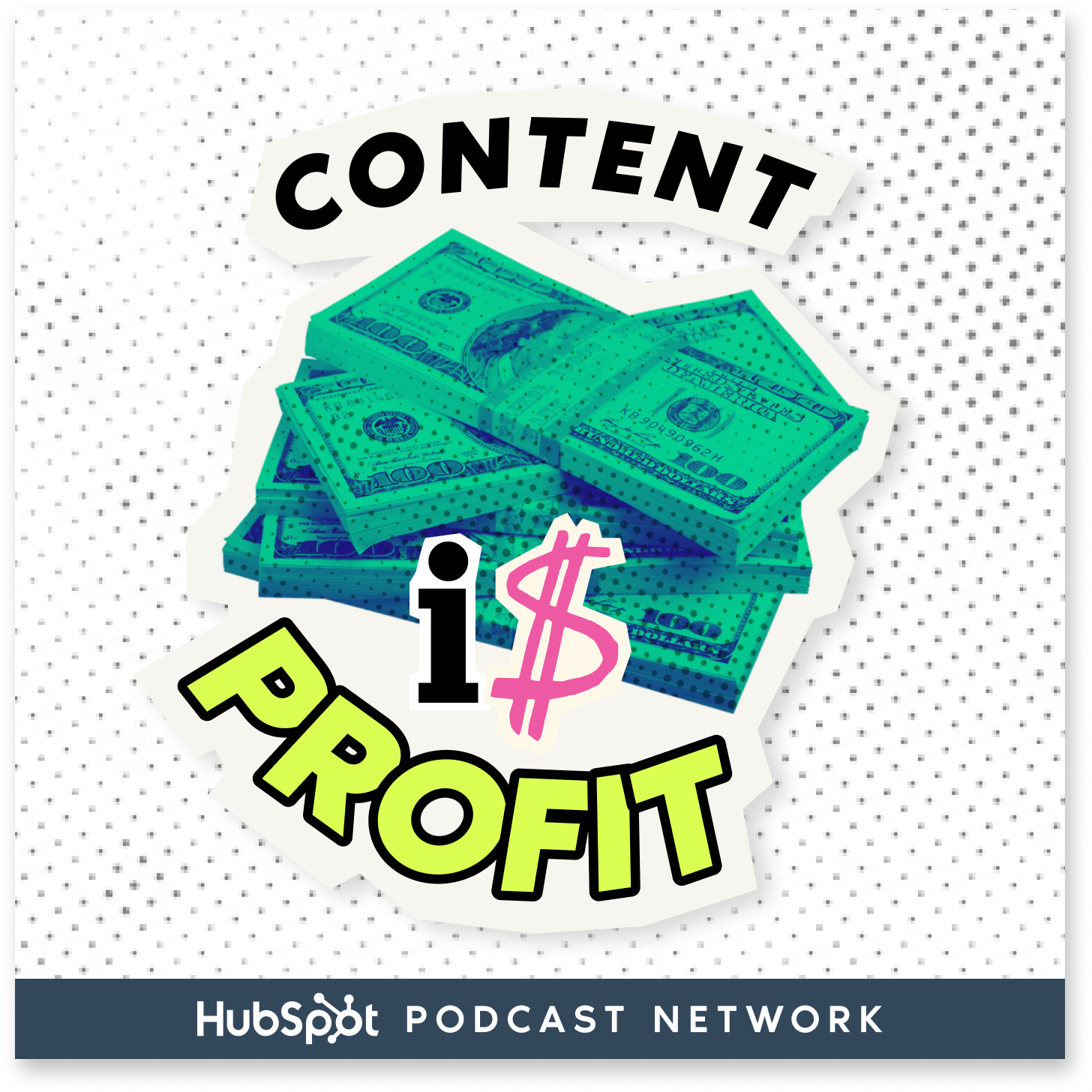
Content Is Profit
BIZBROS
Win The Content Game
Deirdre Tshien - CEO & co-founder of Capsho, AI-powered Content Marketer (the fastest way to repurpose and market your expert content)
Fastlane Founders and Legacy with Jason Barnard: Personal Branding, AI Strategies, and SEO Insights
Jason Barnard Entrepreneur and CEO of Kalicube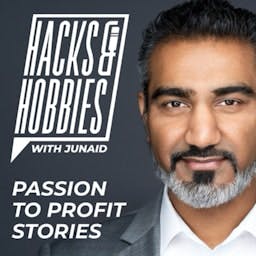
Hacks and Hobbies with Junaid Ahmed
Junaid Ahmed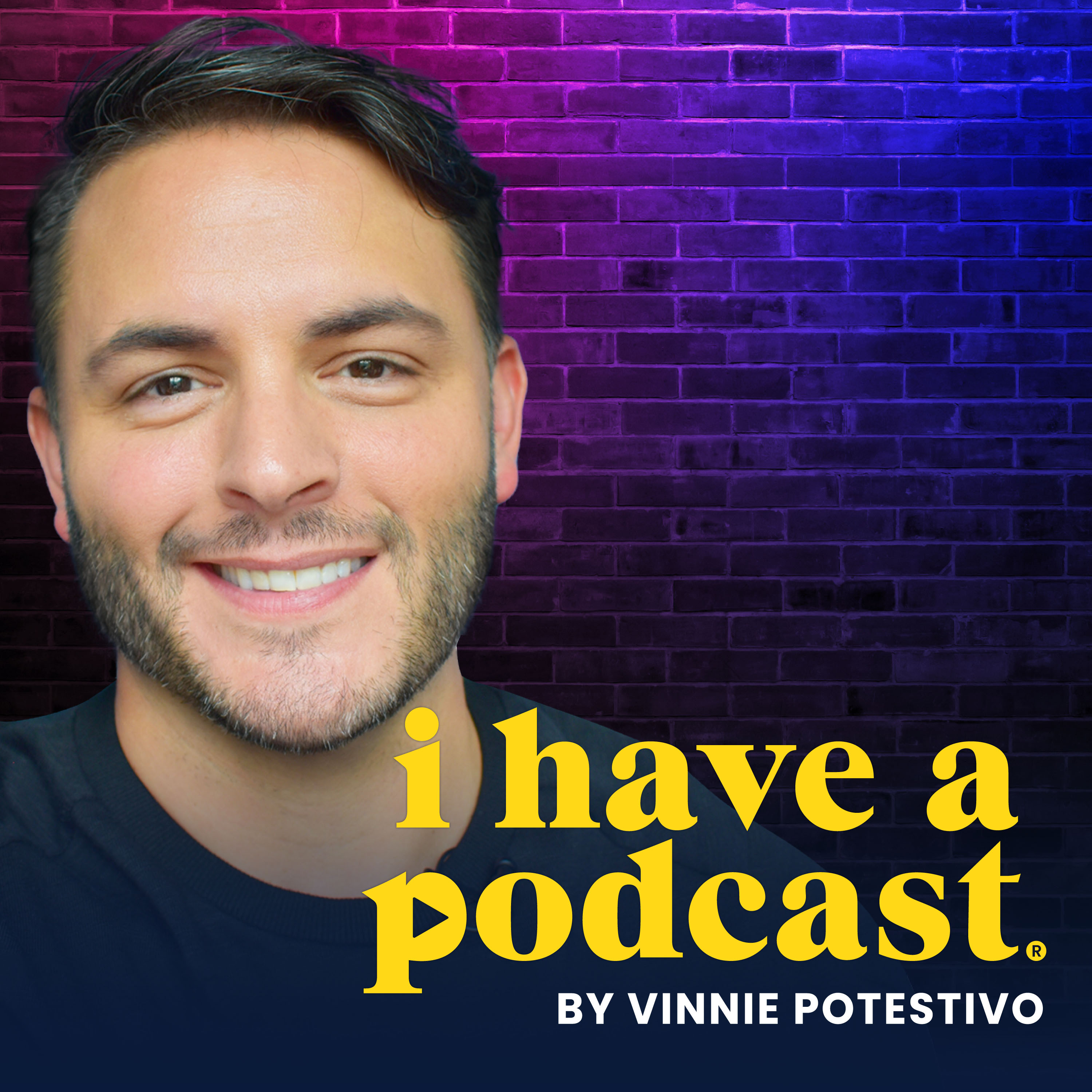
I Have A Podcast by Vinnie Potestivo
Vinnie Potestivo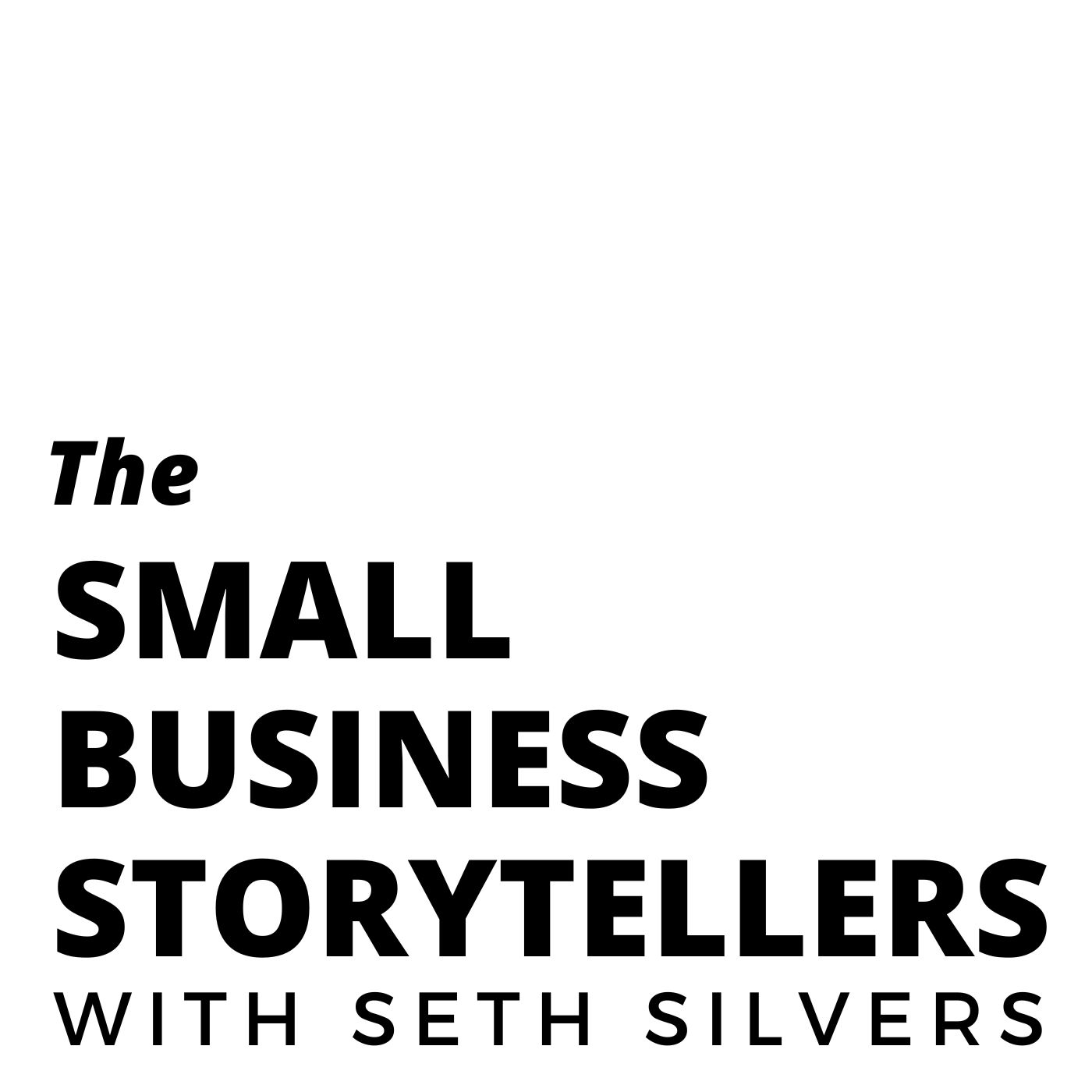
The Small Business Storytellers with Seth Silvers
Seth Silvers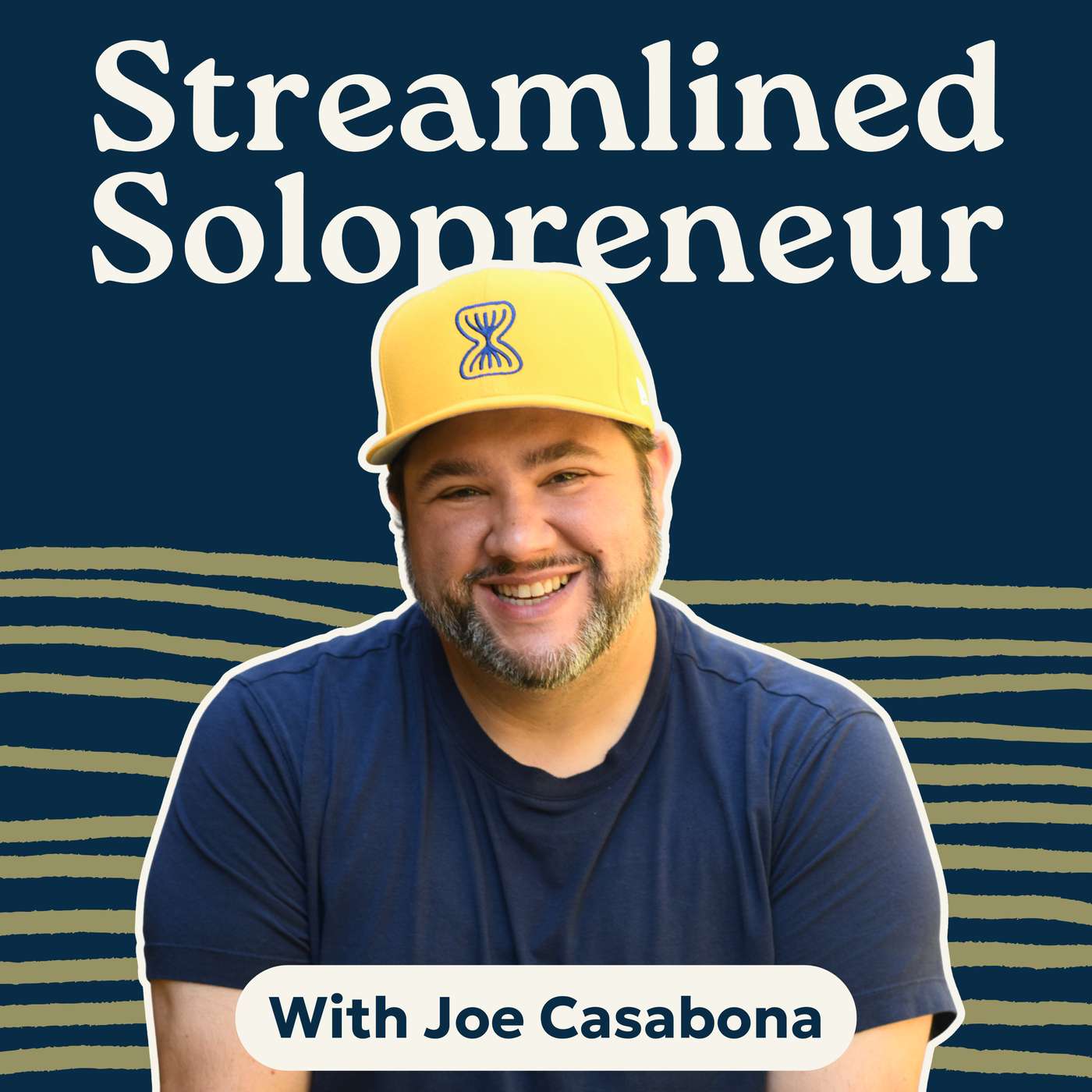
Streamlined Solopreneur: Tips to Help Small Business Owners Grow Without Burnout
Joe Casabona, Business Systems Coach
Insider Secrets to a Top 100 Podcast with Courtney Elmer | Podcasting Strategy for Business Growth
Courtney Elmer | PodLaunchHQ.comDo The Thing
Stacey Lauren
Tech Bytes - Software Growth & Strategies
Dan Hafner - No-Code Software Expert

